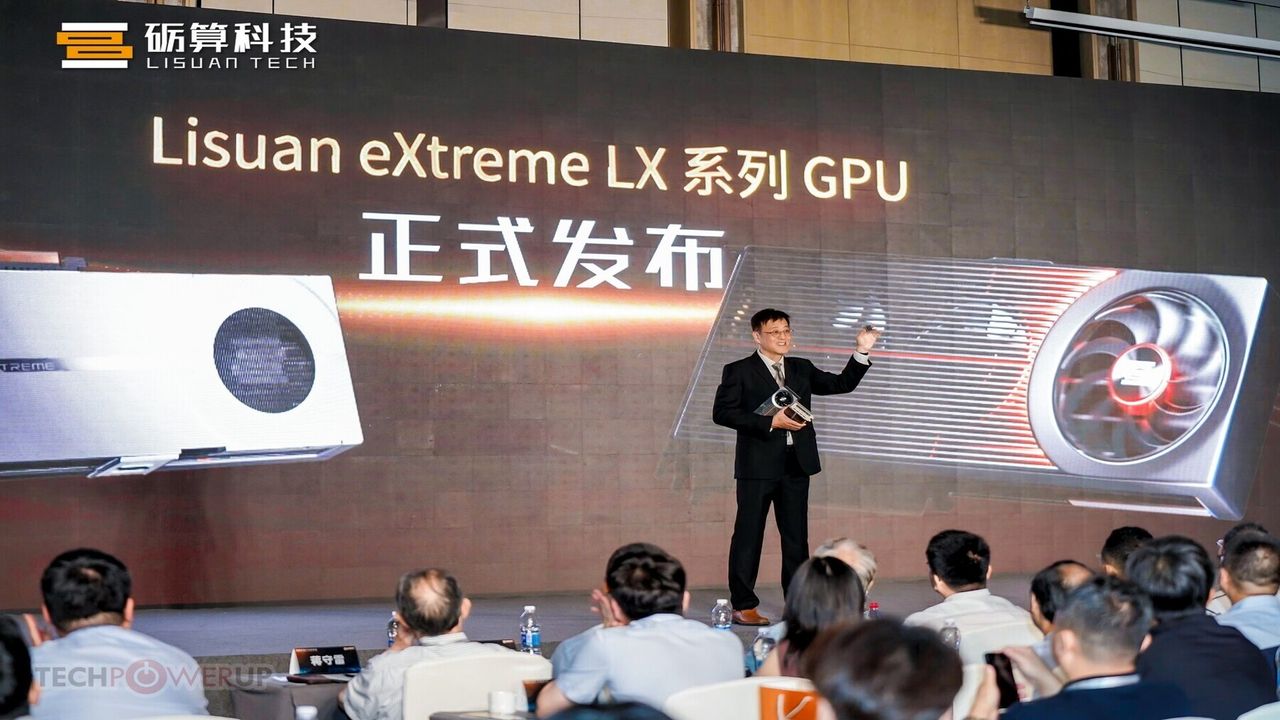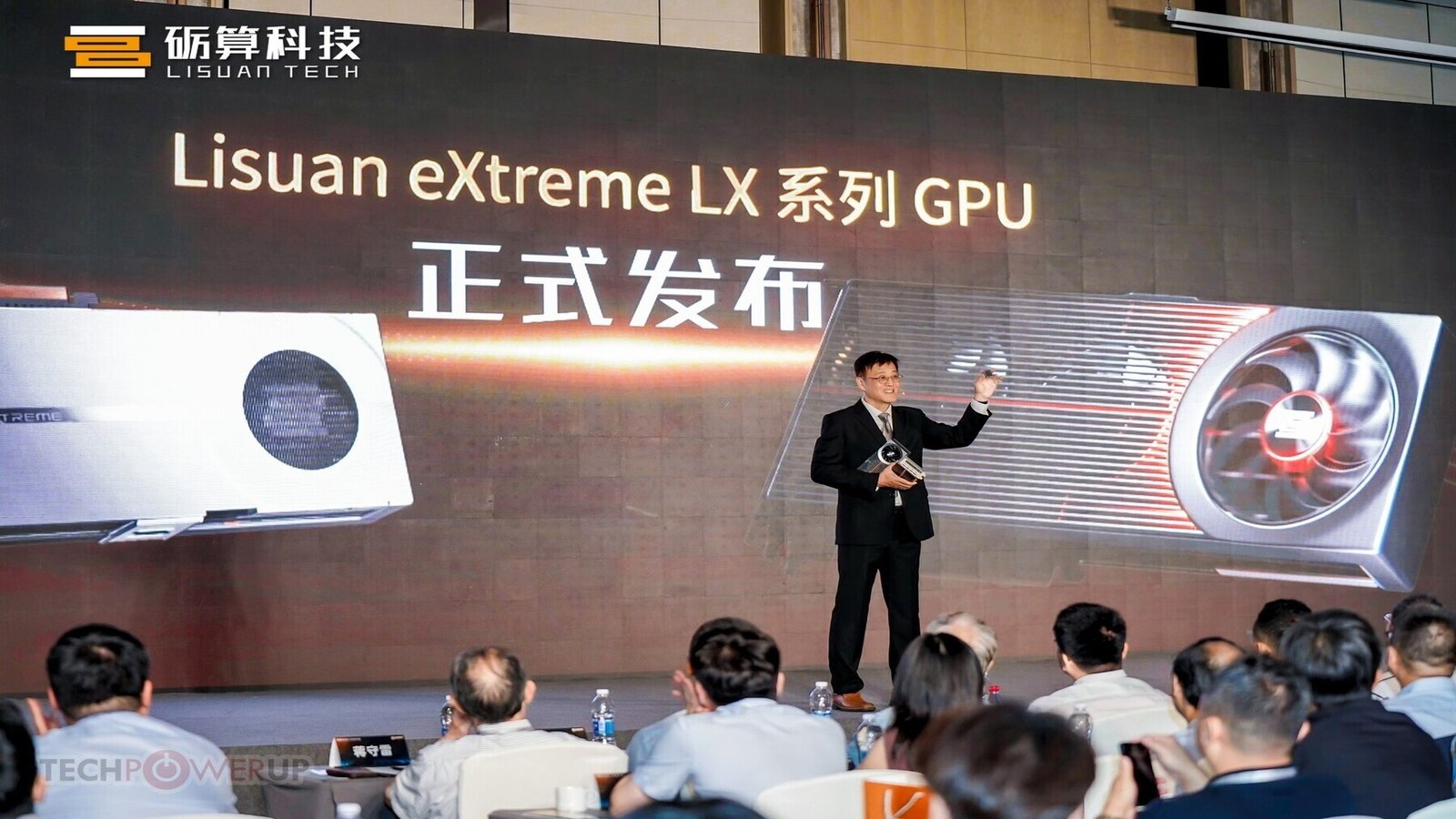
- Lisuan Tech’s 7G105 GPU enters the pro market with 24GB VRAM and big promises
- Startup’s architecture skips ray tracing and focuses on mainstream compute and virtualization workloads
- Lisuan Tech’s chip supports 8K decoding, four DisplayPort outputs, and skips HDMI for cost reasons
A little-known company from China is preparing to enter the high-end GPU scene with its first generation of graphics cards.
While few outside the region have heard of Lisuan Tech, the startup has ambitions that place it squarely in the path of Nvidia and AMD, especially in the demanding world of workstation and professional computing.
Its newly announced 7G105 SKU features 24GB of VRAM, a specification which suggests it’s not merely targeting gamers, but aiming to establish credibility in the pro graphics segment.
Positioning beyond gaming with pro-grade specs
At the heart of Lisuan Tech’s offering is the 7G106 GPU, which forms the base for both consumer and professional variants.
This chip is manufactured using TSMC’s 6nm process and is based on the company’s in-house TrueGPU architecture.
The architecture does not support ray tracing or DirectX 12 Ultimate, but it handles DirectX 12, Vulkan 1.3, and OpenGL 4.6.
Floating point operations are managed via a SIMD engine with support for FP32 and INT8 formats, reaching up to 24 teraflops in FP32 performance, putting it squarely in contention with mid-range GPUs from established players.
Although aimed at gaming, the 7G106 has features that spill into the professional realm.
The chip includes a video engine capable of decoding 8K AV1 and HEVC content at 60 frames per second, and encoding in both formats at 4K or 8K resolutions, depending on the codec.
For output, it supports four DisplayPort 1.4 ports with Display Stream Compression, avoiding HDMI entirely, likely due to licensing costs.
Where things start to resemble a true workstation product is in the virtualization capability – the 7G106 supports SR-IOV, allowing the GPU to be partitioned into up to 16 virtual containers.
This allows one physical GPU to be shared across multiple virtual machines, making it suitable for enterprise and hyperscaler environments that demand flexibility and parallel workloads.
However, there are still major unknowns. The company has not finalized the GPU’s clock speeds, memory frequencies, or power consumption yet.
Early renders show one design using an 8-pin PCIe power connector, while another opts for a 16-pin version, hinting at variance in power targets.
Without this data, performance estimates remain speculative despite synthetic benchmarks like 3DMark Fire Strike and Geekbench OpenCL showing decent scores.
This attempt is ambitious, but without clear pricing, driver maturity, or proven reliability, it remains to be seen whether Lisuan Tech can translate its technical claims into real-world traction.
Lisuan is not the first Chinese challenger to attempt to take on AMD and Nvidia – Zhaoxin struggled to scale beyond basic GPU functions, Jingjia Micro’s JM9 series never gained traction, and Innosilicon’s Fantasy lineup failed to attract real-world users despite promising specs.
Via TechPowerUp




